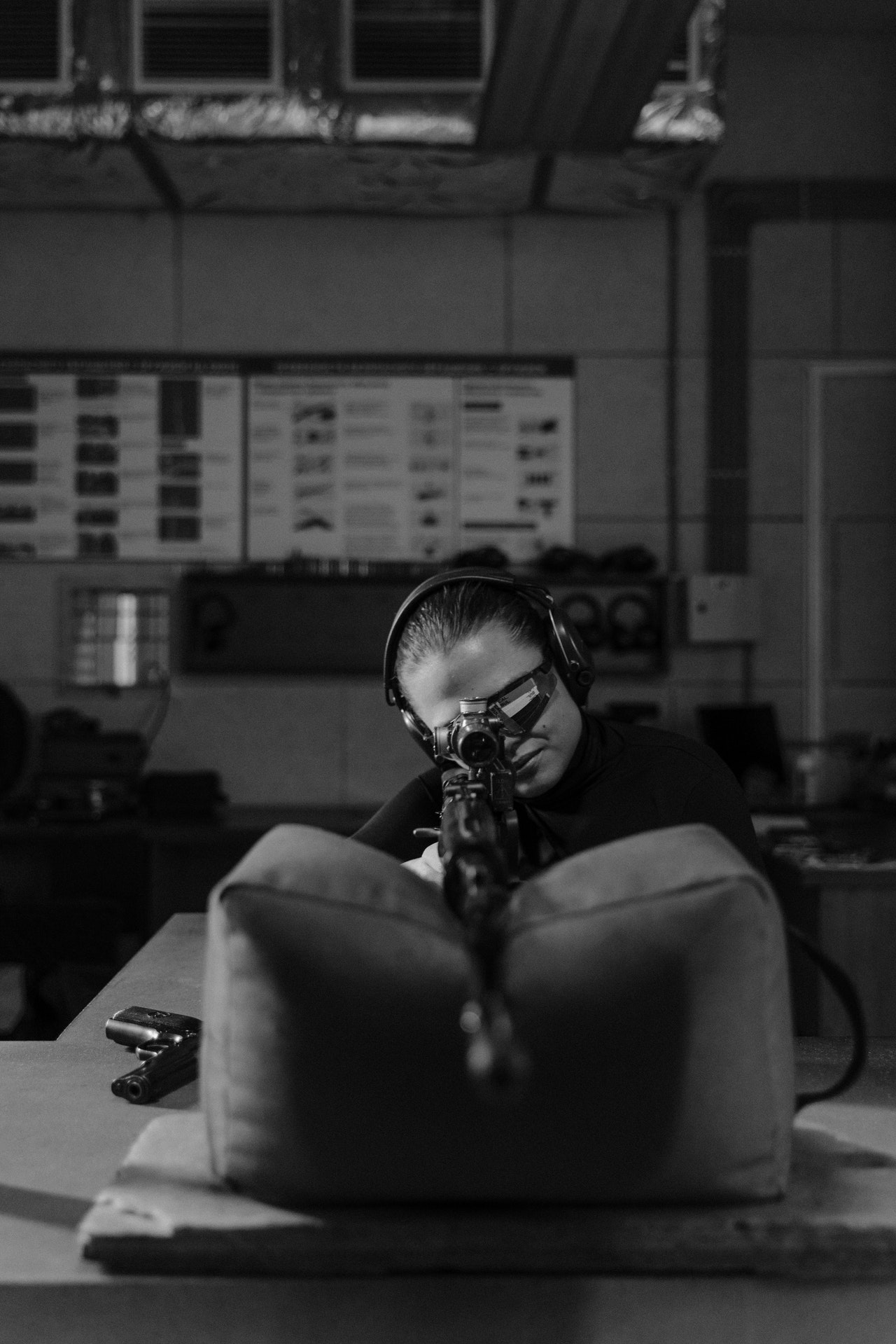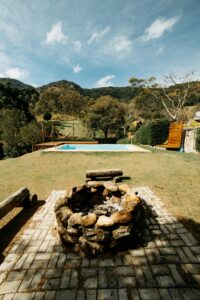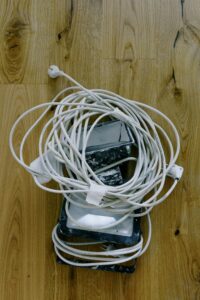Table of Contents
People ask a lot of questions about scopes.
In this article, we will tell you what you can do if the scope is broken.
Let’s get into it.
What is Inside a Rifle Scope?
Several parts of a rifle scope may cause problems.
- First, the objective lens should be clean and free of scratches or dirt.
- Second, the ocular lens should be clear and free of cracks.
- Third, the eyepiece should be centered properly.
- Fourth, the reticle should be aligned correctly.
- Finally, the magnification should be set correctly.
Objective lens – transmits light to the ocular lens at the other end. Focus lens- used to correct parallax errors by sliding it towards or away from the objective lens.
Erector tube – responsible for keeping the image that reaches the eye upright.
Windage & Elevation Adjustment turrets – a series of springs run between the elevation and windage adjustment and the erector tube. Pushing the elevation knob inwards elevates the erector tube. Similarly, if the knob for windage to push in the left or right.
Magnification is the ability to make something bigger or smaller. When you magnify an object, you make it larger. You can use a microscope to see things up close. Magnification is measured by how much closer you get to the object. For example, if you double the size of an object, then you double the distance that you need to get to the object. This means that you need twice as many steps to get there.
Lens Coating – The transmission of light through lenses is determined by the type and thickness of the coating. Multiple layers of coating reduce glare and improve light transmission. This allows for better vision during the day.
Note: If you want to know complete tutorials and tips about scopes click HERE.
What Parts Can Break on a Rifle Scope?
Objective lenses should always be made of high-quality glass. A thin layer of protective coating helps prevent scratching. Scratches on the lens aren’t dangerous, but if the lens breaks, it needs to be replaced.
Turrets for elevation and windage are parts of scopes that are used to adjust the view angle and windage. Nitrogen levels are essential to keeping moisture away from the inside of the scope. Rusting occurs when there isn’t enough nitrogen. Scope parts can get damaged by dropping them or hitting them with other objects. You should check the condition of your scope before going out on the field.
How Do You Know That a Rifle Scope is Broken?
A rifle scope is an optical device used to view distant objects.
There are two parts to a rifle scope: the objective lens and the ocular lens. The objective lens focuses light onto the ocular lens. This allows you to see what is happening far away. You can use this information to adjust the rifle scope.
Note: If you want to gain information What Scope do Navy Seal Snipers Use? Click HERE.

How to Tell if a Scope is Broken?
How Do You Fix an Out of Adjustment Scope?
A scope should always be held steady on a flat, stable platform to ensure accuracy.
Mount Rings
The scope should be mounted properly on the gun. Base rings must be of high quality to hold the scope in position. If you adjust the scope for parallax is an error, it may still be off-center.
Weaver style mounts have small, parallel lines running along with the mount. This method works well if you need to adjust your rings on a rifle while out shooting. You may want to try mounting your rings 180 degrees from the original position. If the problem persists it’s probably time to change your scope rings.
Picatinny rings are usually used to attach scopes to rifles. You should use them when mounting a scope onto a rifle.
Note: If you want to know Where are Huskemaw Scopes Made? Click HERE.
Off Center Holes
You should measure the distance between the center of the hole and the edge of the ring before mounting it. This will help you to know whether the hole was drilled off-center or not, and thus prevent future problems.
Problems with the Scope
If your scope is broken. You should get it fixed.
Ammunition
Rifles work differently depending on the weight of the bullet. A rifle with a heavier bullet may be more accurate than a lighter bullet.
The Scope Isn’t a Good Fit for the Rifle
Some rifles aren’t made to hold big scopes. You might find it hard to sight your scope on them. Try using the scope with another rifle. If it works there, then you know your rifle is ok. If the scope doesn’t work on another rifle, you’ll need to replace your scope.
Note: If you want to know Where are Barska Scopes Made? Click HERE.
Is it Worth to Try to Fix a Rifle Scope?
Some people spend hundreds of dollars on expensive riflescopes, but if they’re not careful, they could end up spending thousands of dollars fixing them. You should always check if your scope can be fixed before you buy a new one. Once you know what kind of scope you need, you should also figure out how you can fix it.
Lens repairs can start at around $100-150, but most people who use scopes prefer to get a new one anyway.
Prevent Your Scope from Getting Damaged
Proper maintenance measures include cleaning the lens regularly, using a lens cap, and storing the scope in a case when not in use.
Clean the Scope with Nitrogen
Scope manufacturers inject nitrogen into the scopes to protect them. Scopes should be stored in a nitrogen-filled bag. Gloves must be worn when handling scopes. Rebuilds should be done through a nitrogen-filled bag.
Don’t Use Oil
Don’t use oil to clean scopes! Oil damages the interior of the scope. If you’ve already used oil, get your scope checked.
Reasons why your scope isn’t working…
- You might have bought a bad scope
- Broken Scope
- Fluid Invasion
- Dirty Barrel
- Contaminated Endoscope
- Improper Endoscope
- Inadequate Endoscope Cleaning
Conclusion
A damaged scope can cause a lot of problems and can waste your time. Levels of scope quality depend on a lot of things. It is a better option to buy priced scope rather than cheap junk scopes.
Scope failures aren’t something you can prevent, so don’t let them get under your skin. But they’re not something you can completely avoid either.
If you want to know more information about scopes click HERE.
Author
-

John is the Editor in Chief here at The Outdoor Stores. His area of expertise ensures that there is no one better to suggest which rifles are most suitable for your hunting experience. He is also available for you to contact him personally to discuss the types of animals you want to hunt and the terrain you will be hunting on.
Feel free to read his posts for expert opinion on Rifles, Scopes, Rangefinders, Bonoculars and Monoculars.
View all posts






